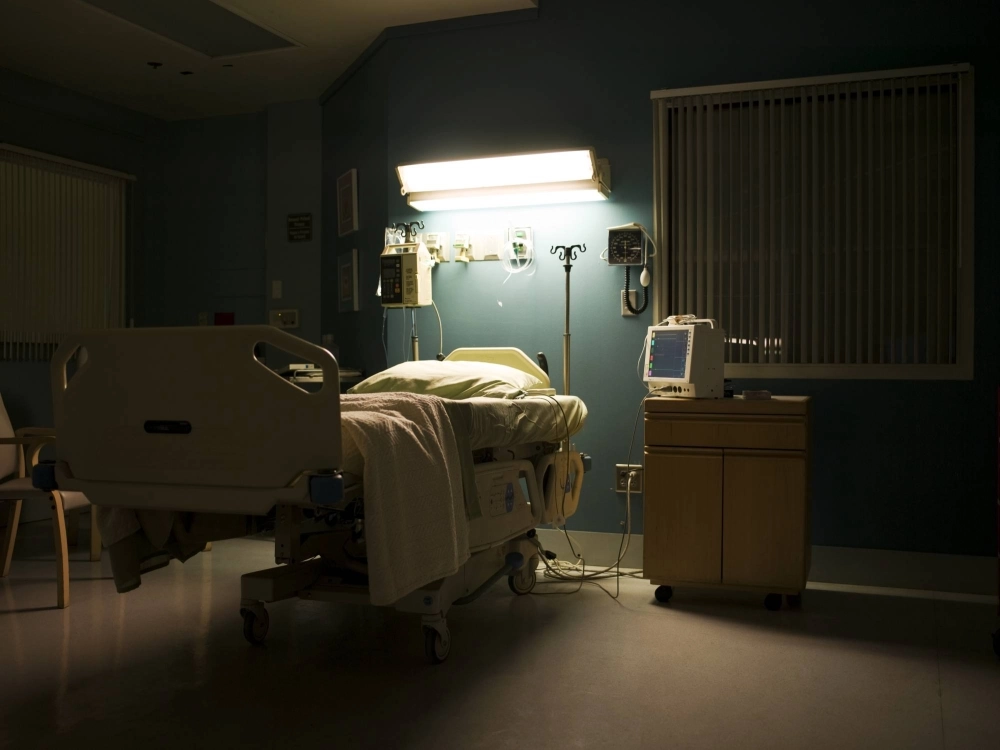A couple weeks after my first-ever ambulance ride to my first-ever hospitalization, I found myself thinking, “In an overwhelmingly frightful situation, what do I wish I’d known?”
Following several months of mononucleosis caused by the Epstein-Barr virus starting in May, I came down with febrile neutropenia — a condition where your white blood cells reach critically low counts, accompanied by a high fever. While mono is generally more of an “ugh” kind of sickness, it can on rare occasions cause dangerous complications such as EBV hepatitis and neutropenia (and I contracted both — lucky me!). In the latter case, the doctor determined the virus had killed 95% of my white blood cells, leading to my immediate hospitalization in a special clean room at the National Center for Global Health and Medicine in Tokyo. It was very much a “Bubble Boy” kind of situation.
In total, I spent six days on this forced holiday in the blood diseases ward. While I was fortunate to have a relatively short hospital stay, it was also a frightening time to feel my body flying off the rails.

















With your current subscription plan you can comment on stories. However, before writing your first comment, please create a display name in the Profile section of your subscriber account page.